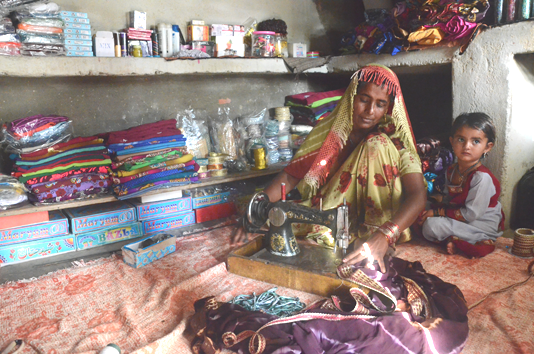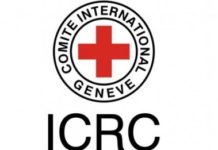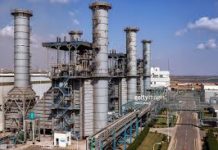By Muhammad Luqman
Rural areas in Pakistan remain much poorer than urban areas and are far more disadvantaged in all aspects of service delivery, with the conditions showing the decline in poverty has not reduced the urban-rural gap by much.
The World Bank recently published a report titled ‘When Water Becomes a Hazard’, on the state of water supply, sanitation, and poverty in the country.
“Pakistan has made substantial progress in reducing poverty, but spatial disparities in poverty levels as well as in the pace of poverty reduction remain large,” the report said.
It stated that four out of five poor Pakistanis still live in rural areas, and there are large differences in the level and rate of progress on poverty reduction across districts.
The report, however, said that incidence of poverty declined significantly in Pakistan over the past decade and a half, falling from 64 percent in 2001 to about 30 percent in 2014.
The reduction, it added. was coupled with an increase in asset ownership and dietary diversity, with substantial gains in both in the bottom quintile.
“Khyber Pakhtunkhwa saw the largest decline in poverty, followed by Punjab and Sindh. Balochistan remained the poorest,” the report maintained.
Summarising, it stated that over the past decade and a half, Pakistan saw a very substantial decline in poverty. Commensurate with this, access to water supply, sanitation, and hygiene (WASH) infrastructure expanded, open defecation more than halved, and dietary diversity improved, even among the poorest.
“Health behaviours and access to primary curative health care also improved. Yet, surprisingly, two critical markers of child health: rates of diarrhea and stunting have shown virtually no signs of a decline,” the report said.















